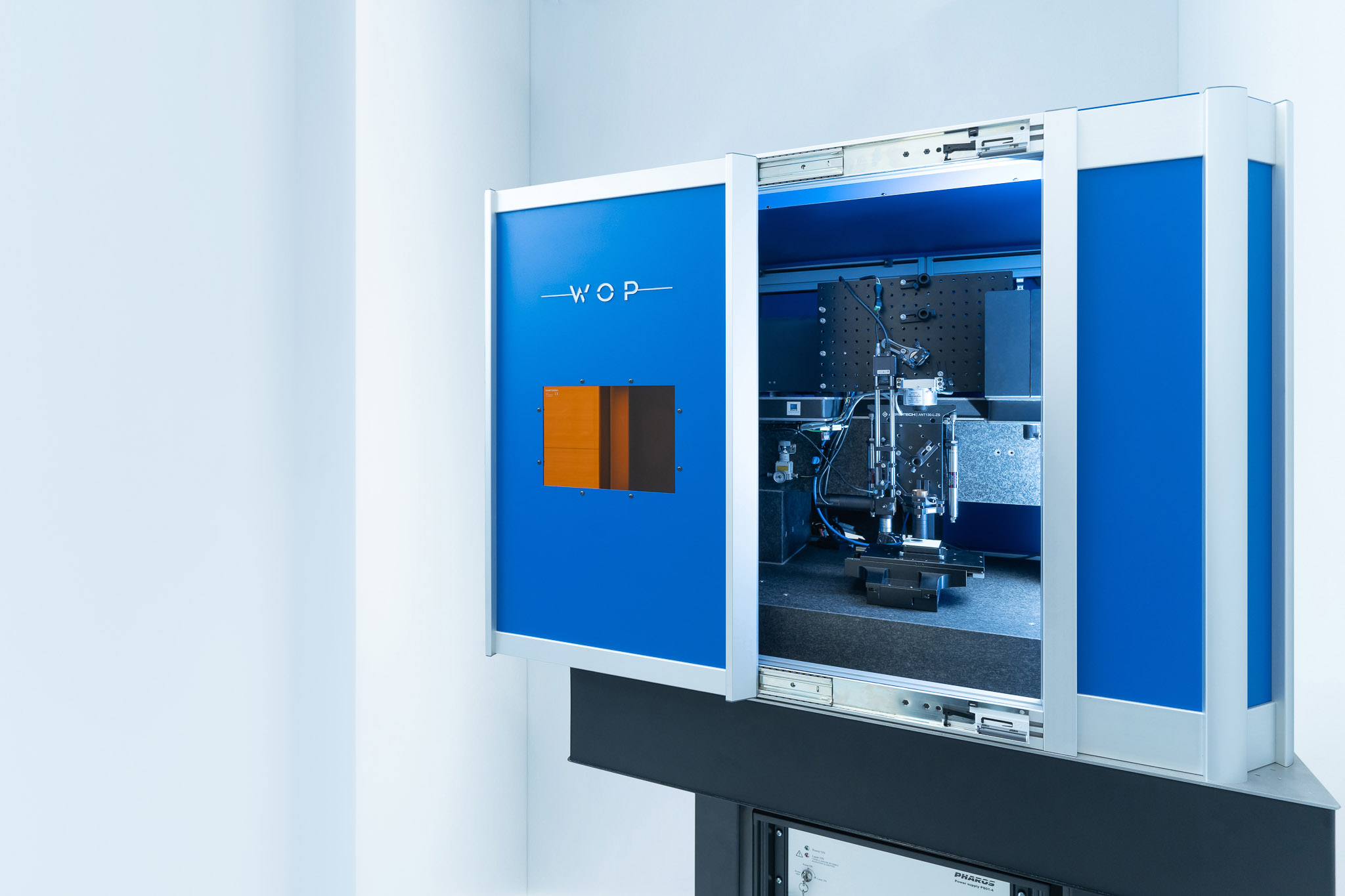



At the recent SPIE Conference, Politecnico di Torino presented a white paper titled “In-fiber stabilization of high-power blue multiemitter modules“.
The presented results were achieved using our FemtoFBG standard laser system.
The paper presents the stabilization of blue multi-emitter modules using fiber Bragg gratings as external reflectors. The gratings are directly written into the large mode area 105 μm core delivery fiber with a femtosecond laser. The paper covers different writing techniques and effectively demonstrates the proposed stabilization approach through experiments.
Credits: Valentina Serafinia, Matteo Cavagnettoa, Sabina Zaimovicb, Luca Maggio Tanasib, and Guido Perrone
Dept. of Electronics and Telecommunications, Politecnico di Torino, 10129 Torino, Italy | ALITE SRL, Torino, Italy.

” The inscription procedure was based on a micromachining workstation composed of a frequency doubled femtosecond laser at 532nm with a pulse duration equal to 245 fs, a controlled micro-translation stage able to opportunely move the fiber, and a 100x microscope system, enabling both the precise focusing of the inscription laser in the fiber core and a qualitative observation of the induced modifications during the entire process. (….)
The lines in Fig. 2 are 75 μm long, repeated for an overall grating length equal of 30 mm, obtaining a reflectivity of approximately 15% (which is in the typical range used also for VBGs).”
“The grating was used to spectrally stabilize a commercial blue laser diode coupled to a 105 μm core delivery fiber. The nominal center wavelength of the laser was 450nm and the maximum output power was 4W with a feeding current equal to 3.5 A.”

“Fig. 3 compares the center emission wavelength against the feeding current in the unstabilized and stabilized cases. As evident from the curves, an effective stabilization (i.e., wavelength nearly unaffected by the variations in the feeding current) was obtained in the interval between 1.5A to 2.5 A, indicating that in this range the external, the narrowband reflector dominates over the laser intrinsic cavity.
The stabilization implies a reduction in the efficiency, which turned out to be similar to that of the equivalent configuration that makes use of VBGs.”
Read full white paper FemtoFBG laser workstationThis EU-funded project is expected to revolutionize Green Energy Generation from photovoltaic panels across Europe.
WOP participates in the BILASURF project – a new European initiative to develop a solution…
Visit us at the upcoming exhibitions in the USA: SPIE Photonics West, MD&M, and OFC…